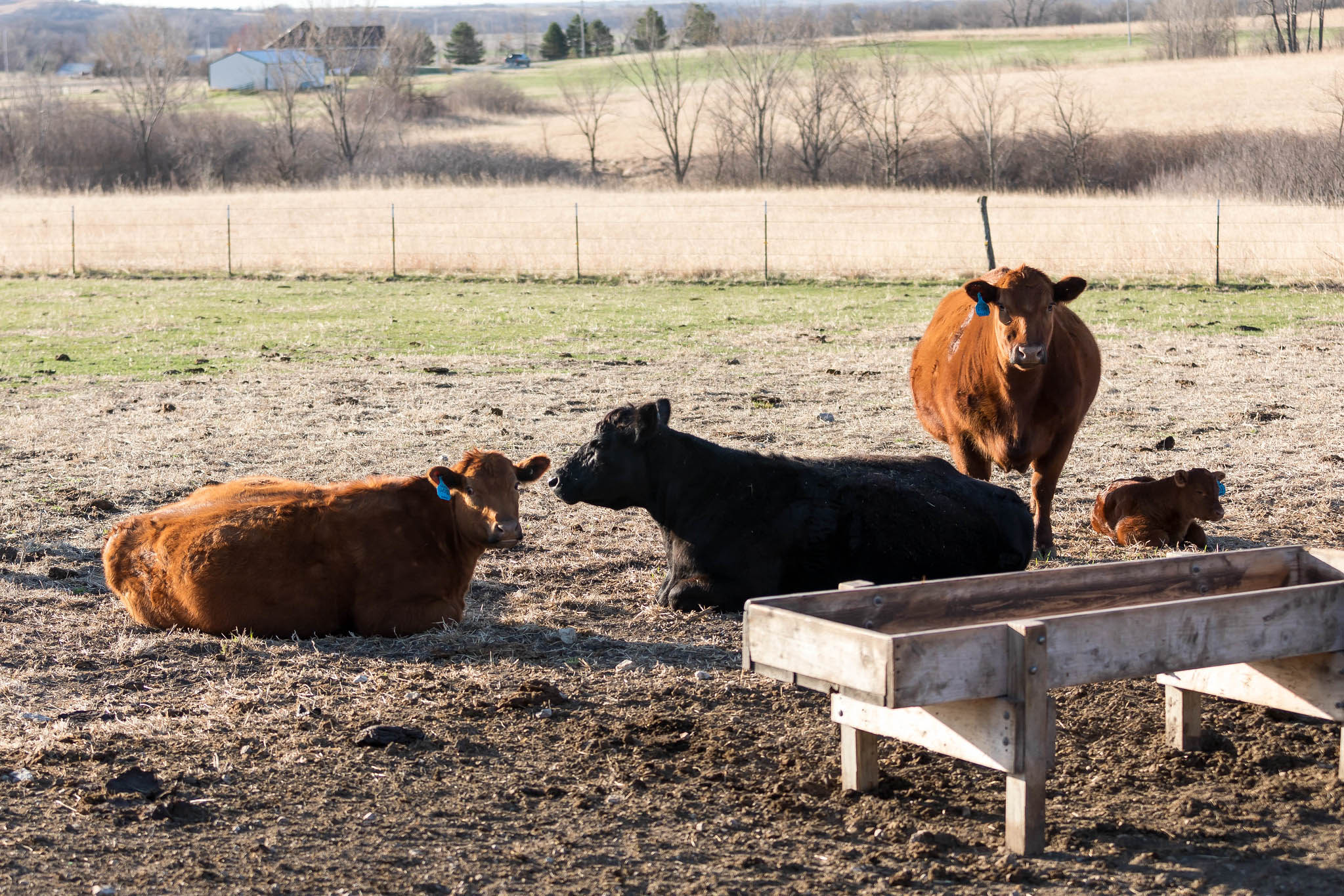K-State beef cattle experts offer tips for producers who are unable to manage cows on pastures
Anyone who has ever raised a dog, knows that it can be a labor-intensive experience, from feeding them twice a day to keeping their kennels clear of waste to making sure they get enough exercise to be a healthy pup.
In much the same way, cows raised in confinement also require more human capital than those raised on pastures, according to the experts at Kansas State University’s Beef Cattle Institute, who spoke about this topic on a recent Cattle Chat podcast. Joining the crew for this discussion was K-State beef cattle Extension specialist Jason Warner.
Warner said confinement “is anything that is in a fence or boundary, but often we think of it as cows in a dry lot or barn.” He said the reason producers opt for this system is often because of the price of land.
“High land costs are prohibitive for expansion, and in some areas, traditional grazing pastures have been turned into row crop production,” Warner said.
K-State agricultural economist Dustin Pendell agreed with Warner and added: “When you are competing for land that is used to grow corn and soybeans, even if it is marginal pasture land, it is hard to pencil out.”
Pendell said that producers who do raise their cows in confinement need to be aware of the higher labor expense compared to the cows raised out on pastures.
“Someone has got to be there to feed the cattle and there is a labor cost tied to that,” Pendell said.
Feed is another additional expense that comes with maintaining cattle in a restricted area, said K-State beef cattle nutritionist Phillip Lancaster.
“The feed costs will be higher in a confinement situation,” Lancaster said. “However, by limit- feeding a higher energy diet, producers can reduce the amount of forage needed and thereby reduce the amount of nutrients needed to maintain those cows.”
The other management difference between cows maintained on pastures versus confinement relates to sanitation, said K-State veterinarian Bob Larson.
“Calves need to be born in a sanitary environment,” Larson said. “Producers must have a plan in place to deal with the mud and dirt because young calves are the most susceptible to a disease challenge that comes from an unsanitary environment.”




